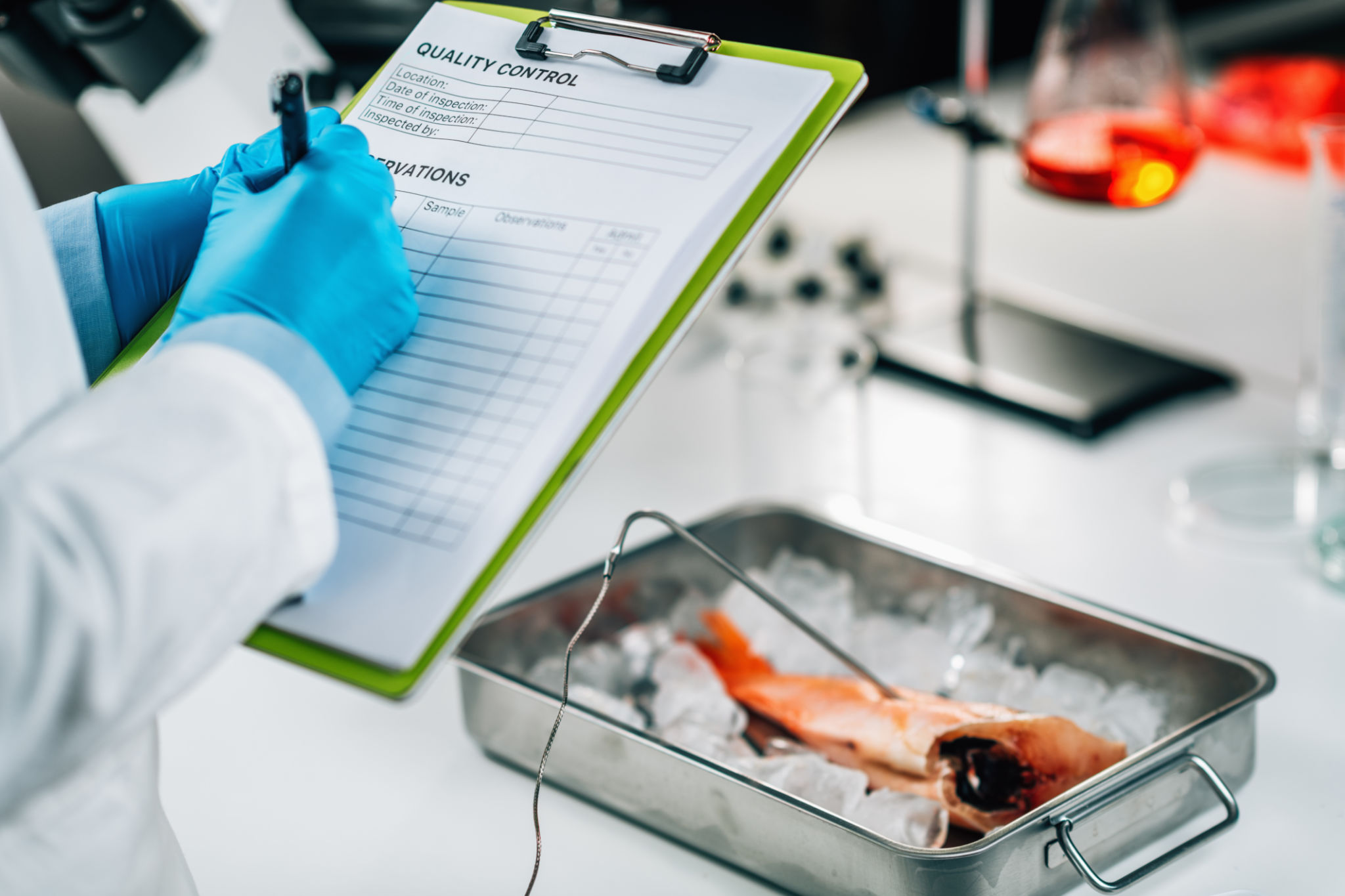How to Achieve GFSI Certification: Steps for Food Businesses in the USA
Understanding GFSI Certification
For food businesses in the USA, achieving Global Food Safety Initiative (GFSI) certification is a significant step towards demonstrating a commitment to food safety and quality. This certification is recognized globally and can open doors to new markets and partnerships. But how does a business achieve this prestigious certification? In this guide, we will walk you through the essential steps.

Step 1: Choose a Recognized Certification Program
The first step towards GFSI certification is selecting a certification program that meets GFSI standards. Some popular options include the Safe Quality Food (SQF) Program, the British Retail Consortium (BRC) Global Standard for Food Safety, and the International Featured Standards (IFS) Food. Each of these programs has its own specific requirements, but they all align with GFSI's benchmark requirements.
It's crucial to choose the program that best fits your business needs and operations. Consider factors like the types of products you handle, your market goals, and customer preferences when making this decision.
Step 2: Conduct a Gap Analysis
Before diving into the certification process, conduct a thorough gap analysis. This involves assessing your current food safety management system against the requirements of your chosen certification program. Identify any areas where your practices fall short and need improvement.
A gap analysis helps you understand the scope of changes required and allows you to develop an action plan. This step is crucial to ensure that your business meets all necessary standards before the formal audit process begins.

Step 3: Implement Required Changes
Once you've identified gaps in your processes, it's time to implement necessary changes. This could involve updating documentation, training staff, upgrading facilities, or revising operational procedures. Consistent communication and training are key to ensuring all employees understand and adhere to new protocols.
Document every change made, as this documentation will be vital during the audit process. Be diligent in maintaining records of training sessions, equipment maintenance, and any corrective actions taken.
Step 4: Conduct a Pre-Assessment Audit
A pre-assessment audit is an invaluable tool in preparing for the final certification audit. This audit helps identify any lingering issues and provides an opportunity to address them before the official inspection.
Consider hiring an experienced food safety consultant to conduct this audit. Their insights can be instrumental in fine-tuning your systems and ensuring compliance with GFSI standards.

Step 5: Schedule and Complete the Certification Audit
With your preparations complete, it's time to schedule the official certification audit with an accredited certification body. During this audit, an auditor will review your documentation, inspect your facilities, and assess your food safety practices against the standards of your chosen program.
Your team should be prepared to answer questions and demonstrate compliance during the audit. Successful completion of this audit will result in GFSI certification, marking a significant achievement for your business.
Step 6: Maintain Compliance
Achieving GFSI certification is not a one-time event but an ongoing commitment. Regular internal audits, continuous employee training, and updates to your food safety management system are essential to maintaining compliance.
Engage with industry updates and regulatory changes to ensure your business continues to meet evolving standards. This proactive approach not only preserves your certification but also strengthens your reputation as a leader in food safety.

In conclusion, obtaining GFSI certification is a comprehensive process that requires dedication and attention to detail. By following these steps, food businesses in the USA can demonstrate their commitment to quality and safety, paving the way for growth and success in the competitive food industry.
